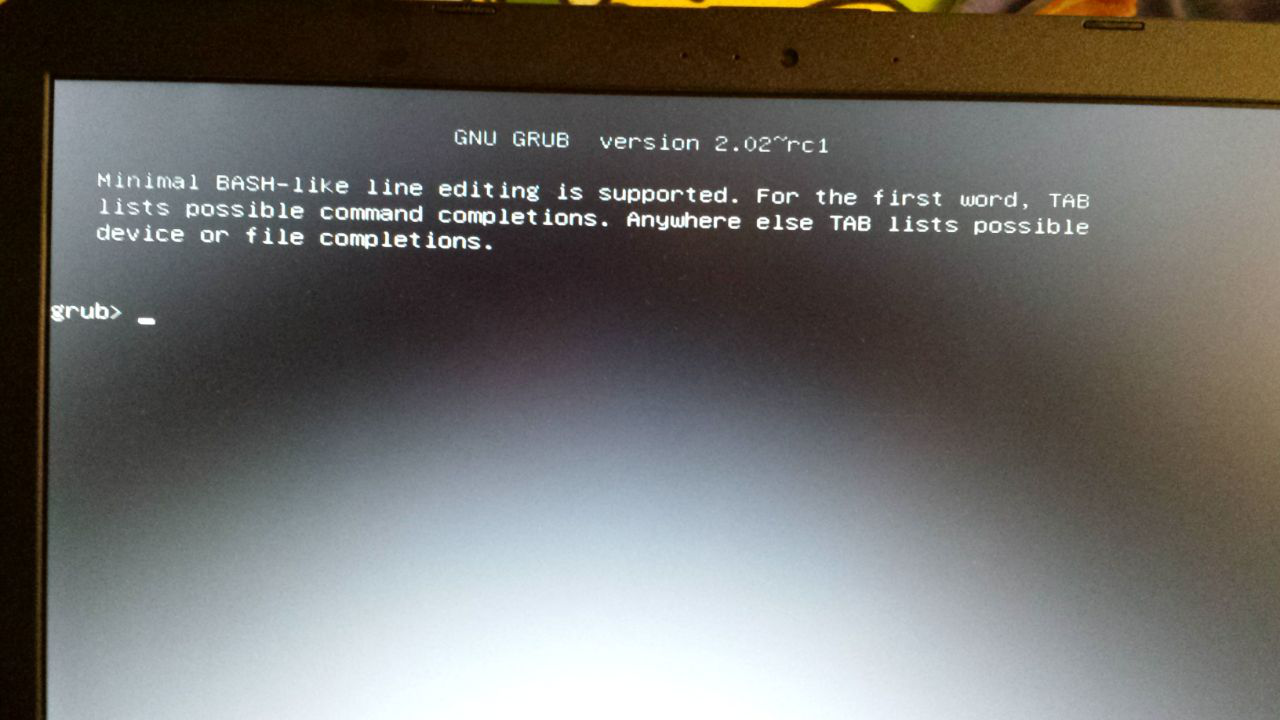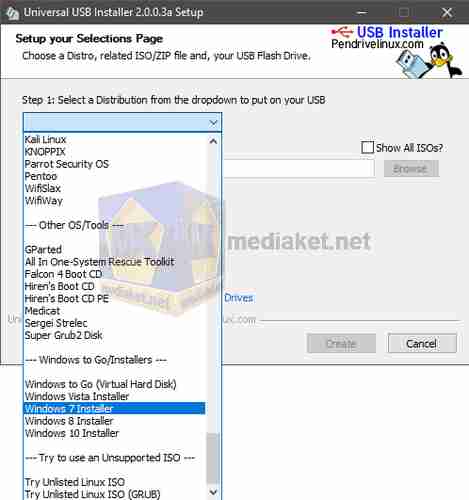

- #KALI PUT GRUB ON USB KEY INSTALL#
- #KALI PUT GRUB ON USB KEY FULL#
- #KALI PUT GRUB ON USB KEY ISO#
- #KALI PUT GRUB ON USB KEY FREE#
- #KALI PUT GRUB ON USB KEY WINDOWS#
#KALI PUT GRUB ON USB KEY INSTALL#
What I did is install Grub2Win in my Win10 installation. Like Organic Marble commented 'MBR doesn't sound right for a UEFI system', he is right.
#KALI PUT GRUB ON USB KEY WINDOWS#
I had my Windows Bootloader in partition 1 and grub2 in another EFI partition ( 8 )( didn't want to mess up Windows Bootloader ), so every time I wanted to use my Kubuntu ( daily ) or Mint OS I had to press F11, wait, select USB ( don't ask me why ), select Ubuntu, then wait again for Grub and then select my Linux based OS. I don't use Linux based OS's that long ( 7 or 8 months now ), and if I have to write everything down to use in the command-line, it not only takes a long time ( mostly the writing down ), but I can make errors that way. I know some of you don't like this program, but in some cases it comes in very handy ( renaming Ubuntu in Kubuntu ( don't have to do that in 'etc/grub.d/10_Linux_Proxy' ), add a theme, or in this case.

I guess /sys/firmware/efi/efivars does not exist in chroot or maybe it's read only. The zfs-fuse error seems not to matter but for Efivars I had to add one more mount : mount -bind /sys/firmware/efi/efivars /mnt/sys/firmware/efi/efivars Grub-install: warning: read_file: could not read from file: Input/output error. Please make sure that the zfs-fuse daemon is runningĪnd grub-install: warning: Cannot read EFI Boot* variables. (Anybody knows what is exactly the difference between -bind and -rbind / -make-rslave btw ?)īut today I got two errors in chroot from grub2, I never experienced before : connect: No such file or directory In gentoo I used to create mounts from a live-system like this: mount -t proc /proc /mnt/proc Instead of a mount -bind they use mount -rbind followed by mount -make-rslave for sys and dev and proc gets simply mounted again. It is similar to the approach in the gentoo-guide. I can't comment (not enough reputation), but Pereira's answer is the way to go in an EFi or multiboot situation. If you created a new EFI partition, you may have to add it to /etc/fstab to have update-grub working correctly. You may have to tell your BIOS which drive to use, or which EFI partition to use, or which EFI binary to use. Sudo grub-install -target=x86_64-efi /dev/sda -efi-directory=/media/efi -boot-directory=/media/root/boot Sudo mkdir /media/efi & sudo mount /dev/sda1 /media/efi Sudo mkdir /media/root & sudo mount /dev/sda2 /media/root # now assuming that the Ubuntu partition is `/dev/sda2` and the (possibly new) EFI partition is `/dev/sda1`

# - set the flag esp on this partition (the flag boot will also be selected)
#KALI PUT GRUB ON USB KEY FREE#
# creating the EFI partition at the end of the free space). # move or resize some paritions, anticipate that (for instance by # (in general the one that host the Ubuntu partition). # - create a FAT 32 partition of around 100 MB on the disk of your choice

# if you have currently no EFI partition (maybe it was deleted, # boot on a live Ubuntu, I used 18.04 but more recent should work
#KALI PUT GRUB ON USB KEY ISO#
Or you could install grub onto the USB yourself, using the Kali live iso should work, or using another live iso like Ubuntu, Mint.This is how I did it on a standard x86_amd64 EFI desktop, without chrooting, assuming you have a partition containing Ubuntu on your hard drive and possibly an EFI partition where GRUB should be installed. If you were to install Kali onto the USB again, but having any other drives (hard or other) unplugged, that should only give Kali's installer one place to install grub (the USB). The installer says it would put GRUB onto "your first hard drive," so when you installed Kali on your Desktop, does "naturally I had to install the grub for my boot loader" mean that you put GRUB onto your desktop HD, replacing whatever bootloader it used to have?
#KALI PUT GRUB ON USB KEY FULL#
Kali Linux Live USB Persistence (with optional LUKS encryption too)īut, if you're going with a full "hard disk" install onto your USB the installer should've put grub onto the drive on it's own.Kali Linux Live USB Install (really just writing a live iso to USB, like most other live iso's, but Kali calls it "USB Install").There might be easier ways to use Kali Linux from a USB though. When you say "once selected and it attempts to boot", you mean Kali's own boot menu never appears? If it's own menu does appear that would mean it's already got grub working ok, but something else stops it from booting, maybe it needs a kernel option like nomodeset or noacpi or others.


 0 kommentar(er)
0 kommentar(er)
